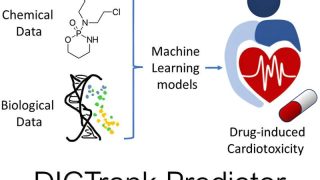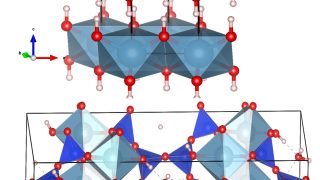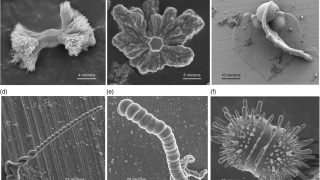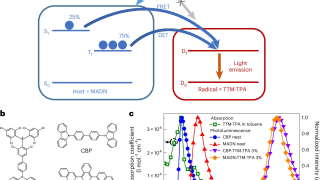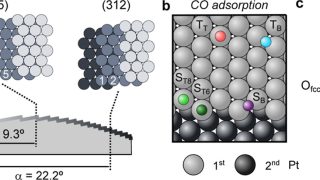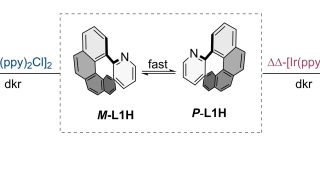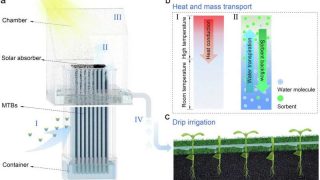
A passive, efficient way to extract water from air
Freshwater scarcity affects over two billion people in the world, primarily in arid and remote regions, as well as islands and coastal areas without freshwater sources. Climate change and population growth are only making the problem worse, and existing methods require an energy input, usually electrical. Renewable energy can fix this and is required for […]
